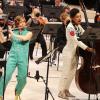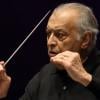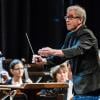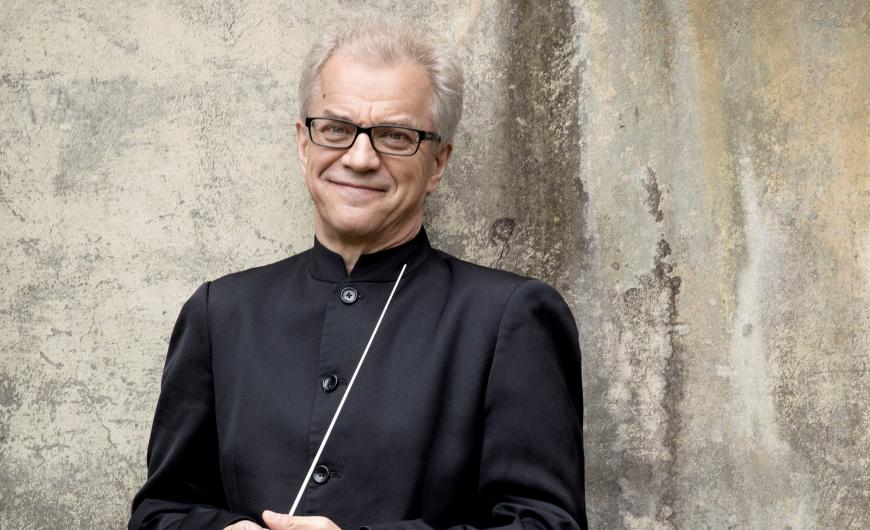
A series of guest conductors is leading the Los Angeles Philharmonic just now while the orchestra’s music and artistic director, Gustavo Dudamel, conducts John Adams’s Nixon in China at his other post, music director of the Opéra National de Paris. This past week, it was Osmo Vänskä’s turn, and he conducted a program of Brahms, Donghoon Shin, and Jean Sibelius.
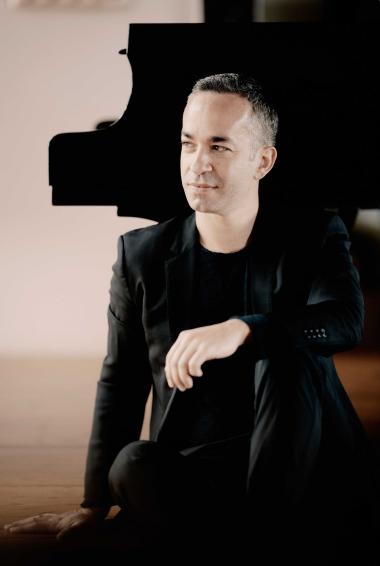
The opening work, Brahms’s Piano Concerto No. 1, with soloist Inon Barnatan, had its ups and downs. The first movement was very broadly played, perhaps too broadly, and at the opening, the timpani somehow managed to be louder than the entire orchestra. Throughout the concerto, the orchestra sounded faintly muffled and a bit distant, perhaps because of the smallish size of the string sections. Still, there were some passages of tonal splendor, including the serene opening of the slow movement.
Barnatan was occasionally overemphatic but by and large played beautifully. He brought a light touch to much of the passagework, and his trills were finely etched. He was called back for an encore and offered an elegant account of Egon Petri’s transcription of J.S. Bach’s “Sheep May Safely Graze.” Nonetheless, despite the musicality and technical excellence of Barnatan’s playing, I found him artistically somewhat anonymous; what made this Brahms First Piano Concerto performance different from all others?
The very sound of the orchestra changed radically from the first half to the second half. It wasn’t just that Shin’s Upon His Ghostly Solitude, a world premiere and LA Phil commission, calls for a far larger orchestra than Brahms uses in the piano concerto, with triple winds, more strings, harp, celesta, piano, and an array of percussion instruments. Both the playing and conducting sounded bolder and more present than in the Brahms. You have to wonder whether the concerto, deeply familiar to the orchestra, simply got less rehearsal time than would have been ideal.
The title of Shin’s piece comes from W.B. Yeats’s “Nineteen Hundred and Nineteen,” a poem that reflects the horrors of that year and, to Shin’s thinking, the world today. It’s a large-scale and enormously colorful piece, consisting of four movements of about four or five minutes each, “Prelude,” “Round Dance,” “Interlude,” and “March.” These movements mirror in music the text of the poem. That music, says Shin in an informative and moving program note, is built on a theme that consists of four chords and is varied throughout the piece.
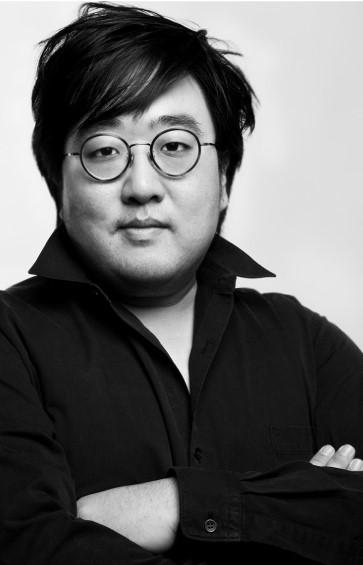
The “Prelude” starts with shimmering tones in the orchestra, cool open intervals rising to a large climax and surging vividly ahead. “Round Dance” is a demented waltz, sardonic in tone. Shin wrote it in homage to Alban Berg, whom he names as a major musical influence. The “Interlude” opens sparely, with ghostly harmonics in the strings, then grows to a mournful richness.
The “March,” an homage to Gustav Mahler, a composer whose music contains so many marches, seems to emerge from the “Interlude.” A hushed snare drum sets the march rhythm; a tuba enters with what almost seems a parody of a march, with odd off-rhythms. A violin solo sounds in opposition to the tuba; the trumpets mock us with raspberries. The music comes to a dead halt before racing to an enormous, explosive conclusion that has the effect of an LP played faster and faster on a turntable.
The sound world of Upon His Ghostly Solitude proved to be a fine lead-in to Sibelius’s Symphony No. 3 in C Major. Vänskä is a renowned Sibelius conductor, and his performance of the symphony amply demonstrated his mastery. The vigorous, and sometimes primal, opening movement had a marvelous transparency and presence, and the slow movement was intensely dramatic even in its gentlest phrases. The final movement continued that drama, despite the near-stasis of the hymnlike section with which it closes.


